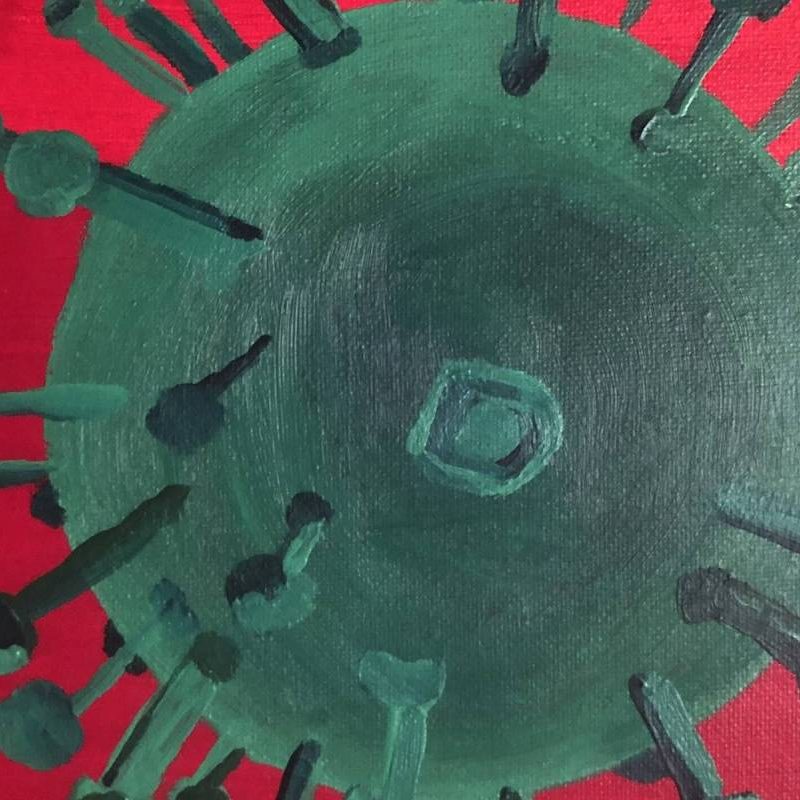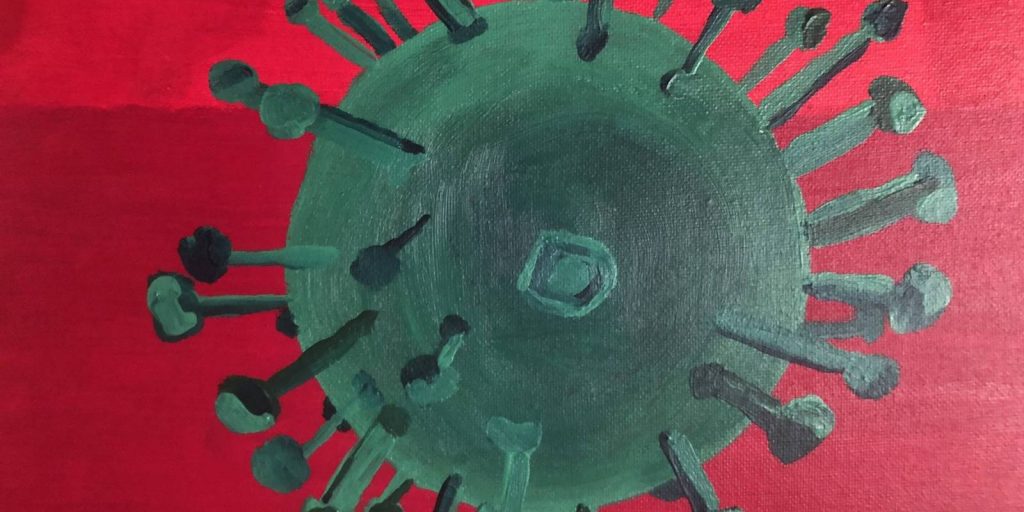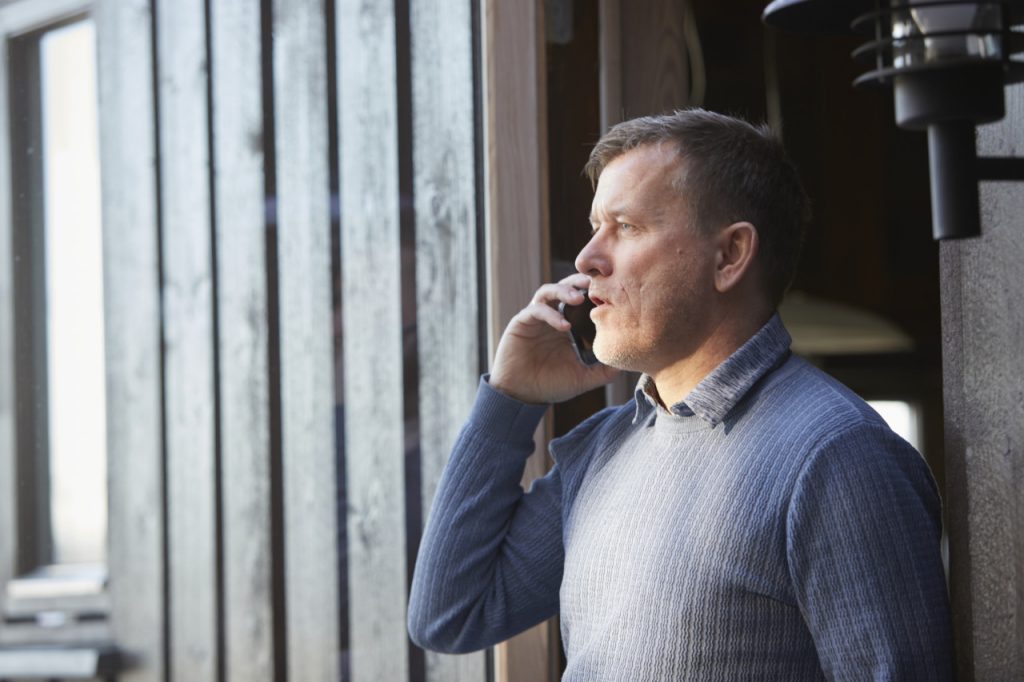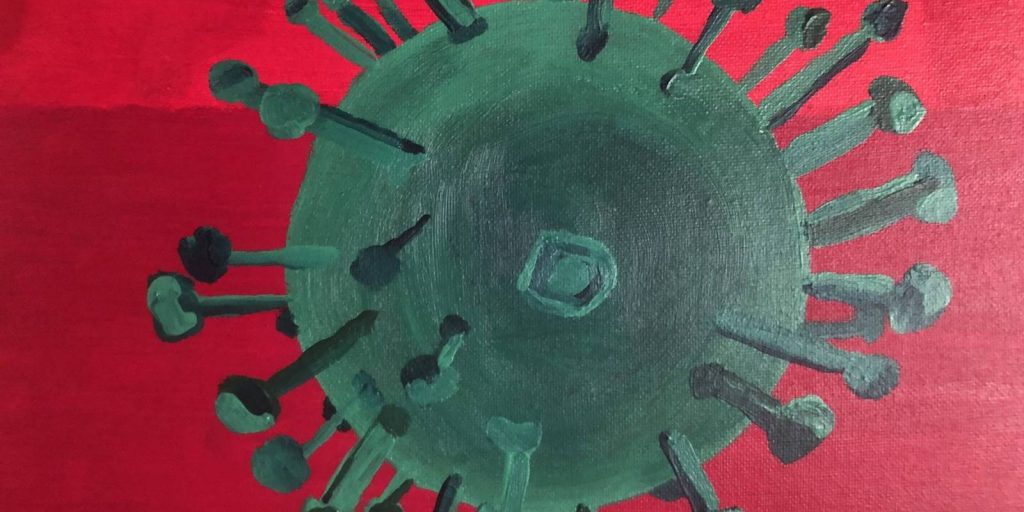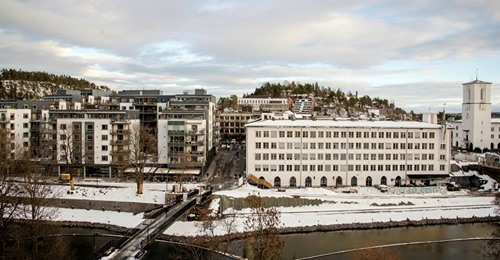Video of Prof. Simonsen’s talk on “The First year of COVID-19 Pandemic” is now available.
Blurb: One year ago, many European countries including Denmark went into an unprecedented lockdown. So far we have been able to suppress transmission of the novel SARS-CoV-2 virus to such an extent that less than 1 in 10 Danes have been infected so far. And in a few months we will all be offered one of the highly effective COVID-19 vaccines that became available in record time. Is that then the end of the pandemic? I will first discuss the knowns about the COVID-19 pandemic. First, about the collaboration with Kim Sneppen at the NBI regarding the phenomenon of superspreading, and modeling how this defining feature of the virus turns out to be an Achilles heel of the virus that has allowed effective suppression of epidemics of the virus while we waited for a vaccine. Using Denmark as a case, I will consider the magnitude of the catastrophe that we managed to avoid so far. Finally I will discuss accumulating data on the effectiveness of the vaccines, and discuss at various scenarios regarding our future life with COVID-19 in the vaccine era and the critical unknowns that cloud our view.
